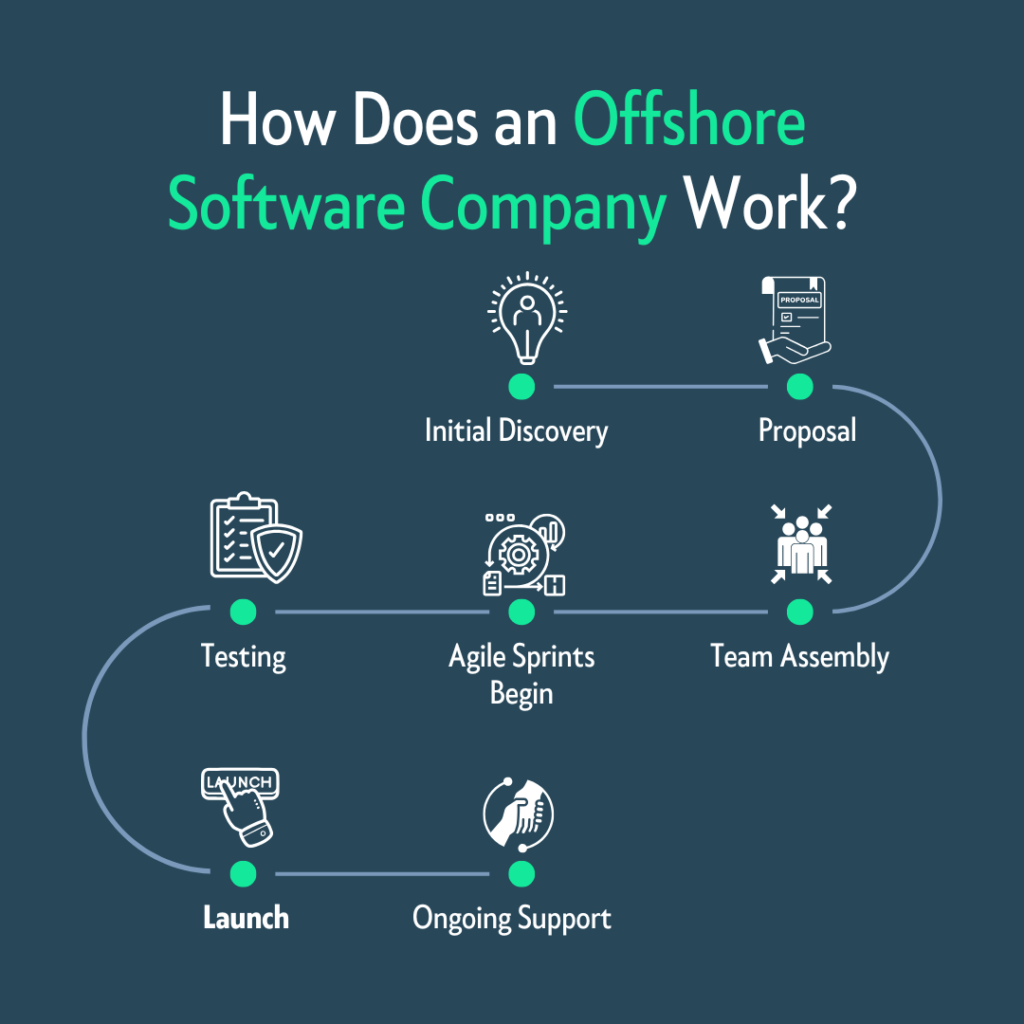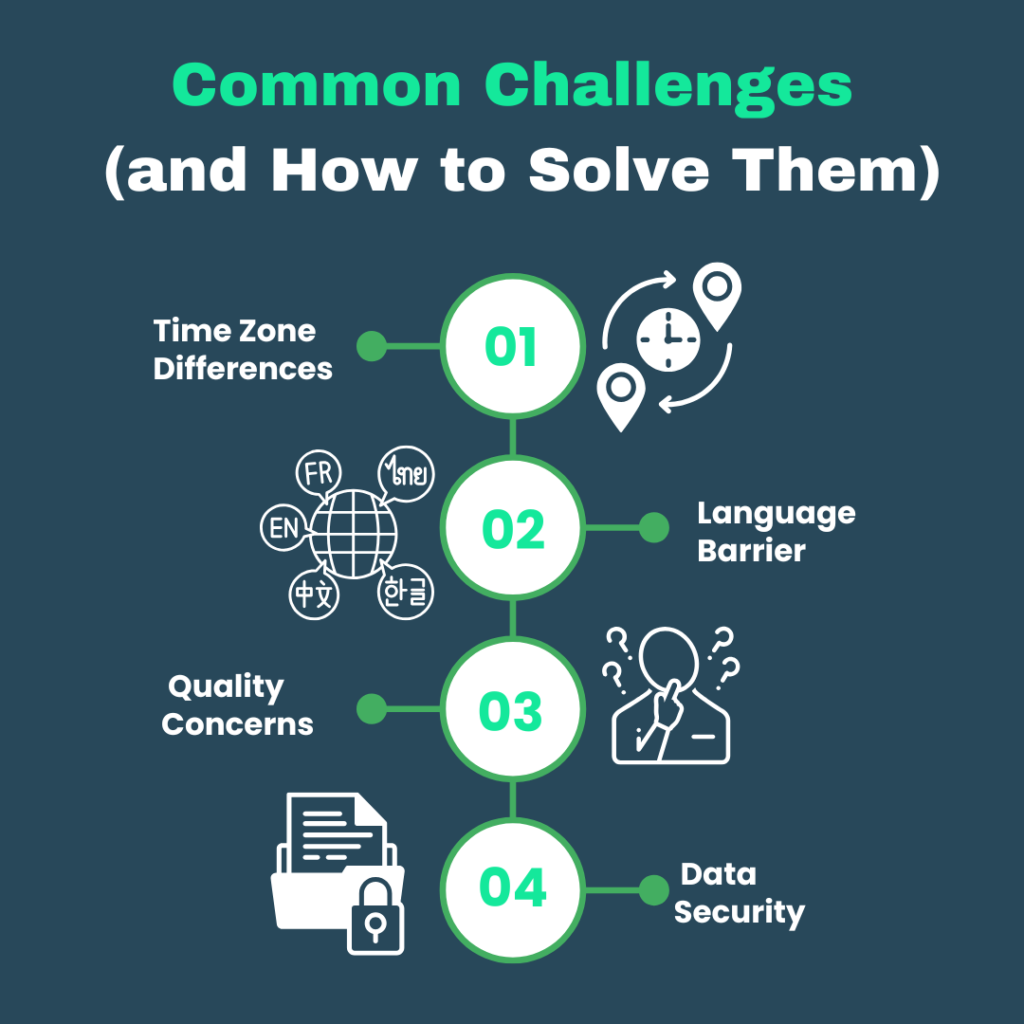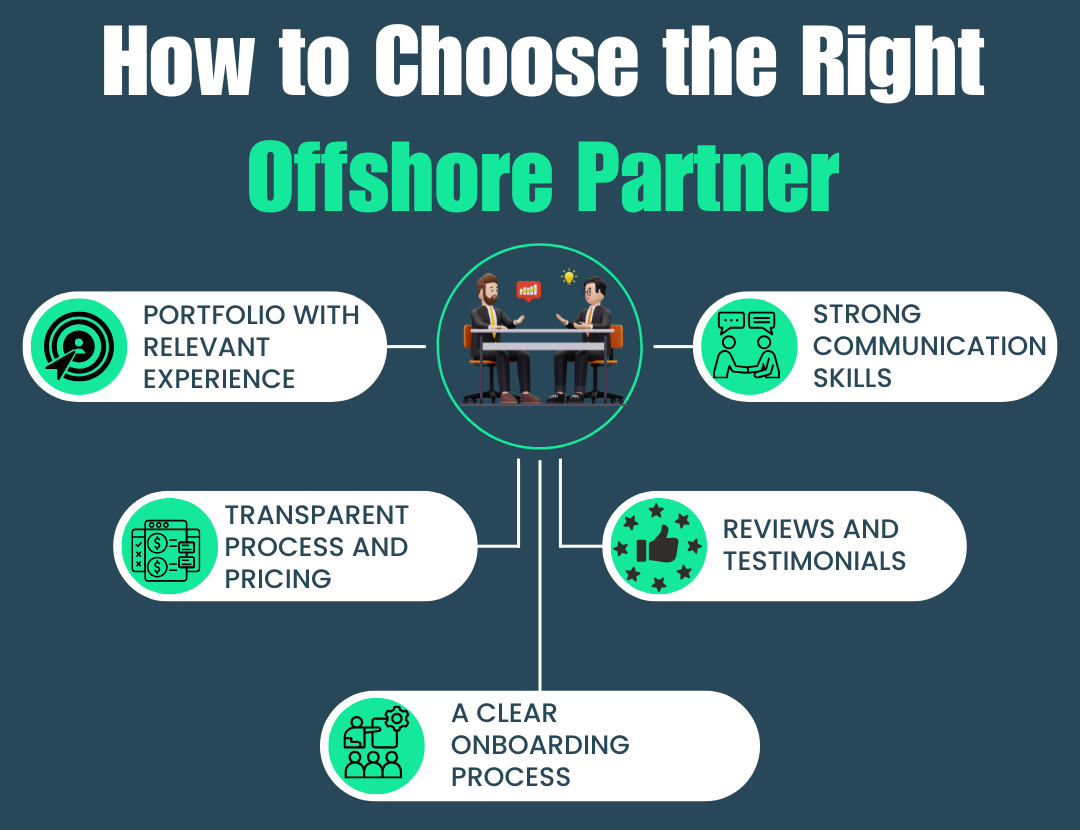In 2025, the landscape of software development has transformed. Businesses around the world are increasingly choosing offshore software development companies to build their digital products. Why? Because it’s not just cost-effective—it’s smarter, faster, and more flexible. Whether you’re launching a mobile app, creating enterprise software, or building a SaaS product, offshore development offers the talent and scalability to bring your vision to life.
This detailed guide will help you understand what offshore development is, how it works, and whether it’s the right fit for your business. We’ll walk through each step clearly and simply—no jargon, just real insights you can use.
1. What is Offshore Software Development?
Offshore software development means working with a team located in another country to design, build, test, and maintain your software. These teams often operate in regions with lower development costs, allowing you to access skilled developers at a better price.
It’s more than just outsourcing—it’s about finding a long-term partner who can support your growth. These companies often work like an extension of your internal team. They join your meetings, follow your processes, and align with your goals.
Simple Example: Imagine you want to build a fitness app but don’t have the budget to hire a full in-house team. You hire a team from Vietnam who builds your app for a third of the cost—and they deliver it on time, with all the features you asked for.
2. Why Do Companies Choose Offshore Development?
Offshore development offers more than just savings. It’s a business strategy designed to help you:
- Reduce Costs Without Compromising Quality: Offshore development can save up to 60–70% in costs while still delivering excellent results.
- Scale Faster: Need more developers? Offshore partners can ramp up your team in weeks.
- Access a Broader Skillset: Tap into expertise in AI, blockchain, cloud, and more—skills that might be hard to find locally.
- Speed Up Time to Market: Development continues even while you’re sleeping. This 24/7 cycle leads to faster delivery.
- Focus on Core Business: While your offshore team handles the tech, you can focus on strategy, sales, and scaling.
Conversion Tip: If you’re unsure about offshore, start with a small project. It’s a low-risk way to see how it works.

3. Offshore vs Onshore vs Nearshore: What’s the Difference?
Choosing the right development model depends on your needs. Here’s a quick comparison:
|
Type |
Location |
Cost |
Time Zone Match |
Best For |
| Offshore | Distant countries | Low | Low | Budget-conscious, fast-scaling |
| Nearshore | Neighboring countries | Medium | Medium to High | Easier communication, reasonable cost |
| Onshore | Same country as client | High | High | High-touch collaboration, compliance |
Pro Insight: Offshore is great when you want to save money and build fast. Just make sure you have a process for communication and quality checks in place.
4. How Does an Offshore Software Company Work?
An offshore software development company follows a streamlined process to keep projects on track:
- Initial Discovery: You share your idea, business needs, and goals.
- Proposal: The offshore team provides a roadmap, team setup, timeline, and estimated cost.
- Team Assembly: Based on your project, they assign developers, designers, testers, and project managers.
- Agile Sprints Begin: Work is divided into short development cycles (sprints) so you see regular progress.
- Testing: QA is done after each sprint to ensure quality.
- Launch: The final product is deployed and handed over.
- Ongoing Support: Many companies offer maintenance, bug fixing, and future upgrades.
Conversion Tip: Ask your potential offshore partner to walk you through their process. A confident, clear workflow shows reliability.
5. Top Industries Using Offshore Development Today
Offshore software development works across industries. Here are the top ones:
FinTech
- What they build: Mobile banking apps, payment gateways, trading platforms.
- Why offshore works: Offshore teams understand data security and compliance standards.
- Cost & Timeline: $40K–$90K, 4–6 months.
Healthcare
- What they build: Telehealth apps, patient record portals, scheduling tools.
- Why offshore works: Many offshore teams are HIPAA-compliant and deliver faster.
- Cost & Timeline: $50K–$120K, 6–8 months.
E-commerce
- What they build: Online stores, product recommendation engines, mobile shopping apps.
- Why offshore works: Rapid development and easy scaling during peak seasons.
- Cost & Timeline: $30K–$70K, 3–5 months.
EdTech
- What they build: Learning management systems, virtual classrooms.
- Why offshore works: Offshore teams help you go live faster at a lower cost.
- Cost & Timeline: $35K–$80K, 4–6 months.
Logistics
- What they build: Delivery tracking, warehouse management, fleet optimization.
- Why offshore works: Affordable custom software with real-time data integration.
- Cost & Timeline: $50K–$100K, 6–9 months.
Conversion Tip: Choose a team that has worked in your industry before. Industry experience means fewer surprises and faster delivery.
6. Common Challenges (and How to Solve Them)
Offshore development comes with its own challenges—but they’re easy to overcome with the right approach:
Time Zone Differences
- Problem: Hard to schedule real-time meetings.
- Solution: Agree on overlapping hours and use async tools like Loom.
Language Barriers
- Problem: Miscommunication.
- Solution: Work with English-proficient teams and use visuals, notes, and prototypes.
Quality Concerns
- Problem: Code that doesn’t meet standards.
- Solution: Use code reviews, automated tests, and clear documentation.
Data Security
- Problem: Worries about data leaks.
- Solution: NDAs, secure hosting, IP agreements, and compliance (GDPR, HIPAA).
Conversion Tip: Start with a test project to evaluate communication and quality before committing to a larger build.
7. How Much Does Offshore Development Really Cost?
Here’s a deeper look at what you might pay:
MVP (3–4 months)
- Team: 2 devs, 1 designer, 1 PM
- Cost: $25K–$40K
SaaS Platform (6–8 months)
- Team: Full-stack devs, testers, DevOps
- Cost: $60K–$150K
Enterprise System (9–12+ months)
- Team: Senior engineers, architects, QA, support
- Cost: $150K–$300K
Hidden Costs to Watch Out For:
- Poor planning leads to scope creep
- Rework from unclear feedback
- Delays due to timezone or communication gaps
Conversion Tip: Always get a detailed proposal with timelines, deliverables, and communication frequency.
8. How to Choose the Right Offshore Partner
Choosing the right partner is the key to a successful offshore experience. Look for:
- Portfolio with relevant experience
- Strong communication skills
- Transparent process and pricing
- Reviews and testimonials
- A clear onboarding process
Start with a discovery call. Ask tough questions. A good partner will always be happy to share how they work.
9. Tips for Smooth Collaboration with Offshore Teams
- Use tools like Slack, Jira, Figma, Zoom
- Set up regular check-ins and sprint demos
- Keep your feedback specific and documented
- Celebrate small wins—it builds team morale
Treat your offshore team like an extension of your own. The better the relationship, the better the result.
10. Is Offshore Development Safe? Let’s Talk Security
Yes, it’s safe—if you take the right steps:
- Sign NDAs before sharing ideas
- Use secure cloud providers (AWS, Azure)
- Limit server access to only who needs it
- Choose companies with ISO 27001 or SOC 2 certification
Ask your offshore vendor how they manage security. Their answers will tell you a lot.
11. Real-Life Success Stories
- Slack: Used offshore engineers to build its early platform.
- WhatsApp: Built by a small offshore team in Eastern Europe.
- Basecamp: A remote-first success that leveraged global talent.
Big companies trust offshore development—you can too.
12. Is Offshore Right for Your Business?
It’s a great fit if:
- You want to scale quickly on a budget
- You don’t need in-person collaboration
- You have clear goals and project requirements
Maybe not if:
- You have strict legal or compliance needs
- You prefer working with a team onsite every day
13. Final Thoughts: Future of Offshore Development
Offshore software development is no longer just about cost savings-it’s about building better, faster, and smarter. With the right partner, your product can launch in record time while staying within budget.
As remote work becomes the new norm, offshore development is proving to be the future of global business.
Need help getting started? Start small. Choose a trusted vendor. Build something amazing without borders.
Start small. Build smart. Scale globally.
Frequently Asked Questions (FAQs)
1. What is offshore software development?
Offshore software development means hiring a team in another country to build your software. It’s a cost-effective way to access global talent.
2. How much does offshore development cost in 2025?
Costs typically range from $25,000 for MVPs to $300,000+ for enterprise platforms, depending on the project scope and duration.
3. Is offshore software development safe?
Yes, if you follow best practices. Use NDAs, secure tools, IP protection policies, and choose certified offshore partners.
4. What are the top countries for offshore development?
India, Ukraine, Poland, the Philippines, and Vietnam are known for quality talent, competitive pricing, and strong English proficiency.
5. Which industries benefit the most from offshore development?
Fintech, healthcare, e-commerce, logistics, and EdTech are top industries that use offshore teams for scalable, affordable growth.
6.How do I choose the right offshore development company?
Look for a company with relevant experience, strong communication, clear processes, client reviews, and flexible pricing models









